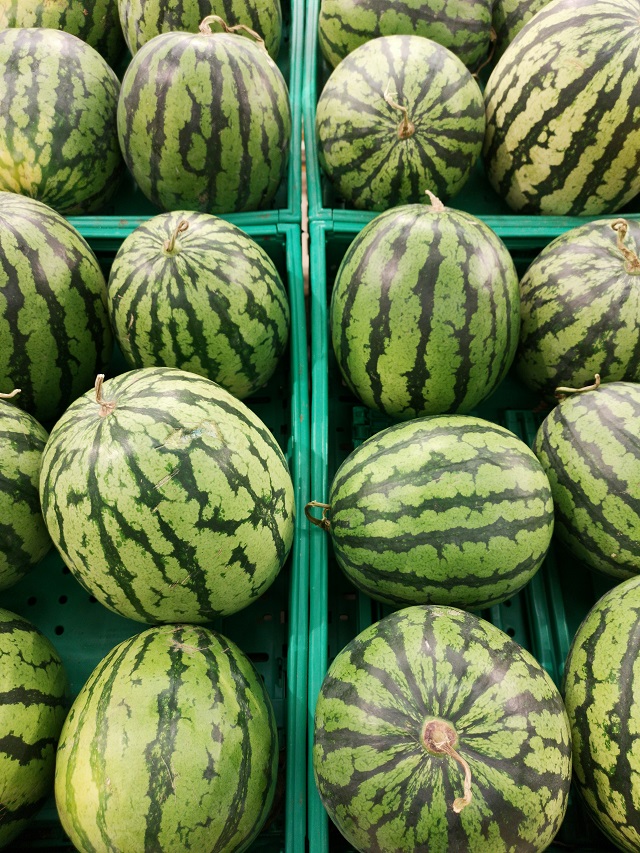8 Tips To start out Constructing A Why Is My Watermelon Orange You All…
Margery Bender
0
35
03.30 00:33
 Introduction:
Introduction:Watermelon, scientifically known as Citrullus lanatus, is a refreshing and delicious fruit enjoyed by people worldwide. Its vibrant red flesh is one of its distinctive features, prompting the question: Why is watermelon red? This case study aims to explore the underlying factors that contribute to the pigmentation of watermelon flesh.
 Title: Unveiling the Mystery: The Science behind the Red Hue of Watermelon Flesh
Title: Unveiling the Mystery: The Science behind the Red Hue of Watermelon FleshBackground:
Watermelon belongs to the Cucurbitaceae family and is closely related to cucumbers, pumpkins, and squash. Within this family, watermelon exhibits a unique characteristic - its flesh ranges from deep red to pink, while the outer rind varies in color, from green to yellow or even white. The pigmentation of watermelon flesh is primarily attributed to the presence of lycopene, a carotenoid pigment responsible for the red color in various fruits and vegetables.
Lycopene and Carotenoids:
Carotenoids are naturally occurring pigments found in plants, algae, and photosynthetic bacteria. These pigments are responsible for the vivid colors observed in many fruits and vegetables, ranging from yellow and orange to red. Lycopene, specifically, is a red carotenoid pigment that is highly abundant in watermelon.
Lycopene Biosynthesis:
The biosynthesis of lycopene in watermelon begins with the conversion of the precursor molecule, isopentenyl diphosphate (IPP), into geranylgeranyl diphosphate (GGPP). This conversion is facilitated by the enzyme geranylgeranyl diphosphate synthase (GGPPS). GGPP then serves as a substrate for the enzyme phytoene synthase (PSY), which catalyzes the formation of phytoene. Subsequent enzymatic reactions lead to the production of lycopene.
Environmental Factors:
Several environmental factors influence the accumulation of lycopene in watermelon flesh. Sunlight exposure is crucial for the synthesis of carotenoids, including lycopene. The intensity and duration of sunlight during the fruit's growth and ripening stages play a significant role in determining the final pigmentation. If you have any sort of inquiries pertaining to where and the best ways to utilize kiss melon varieties, you can call us at our own web page. Watermelon plants grown in regions with high sunlight exposure tend to have higher lycopene content, resulting in a deeper red color.
Genetic Factors:
Genetic factors also contribute to the pigmentation of watermelon flesh. Varieties of watermelon have been selectively bred to enhance lycopene accumulation and produce fruits with more intense red flesh. These breeding efforts involve the identification and selection of plants with high lycopene content and subsequent crossbreeding to create new cultivars that exhibit desirable traits.
Health Benefits of Lycopene:
Apart from its role in pigmentation, lycopene offers numerous health benefits. It is a powerful antioxidant that helps protect cells from damage caused by harmful free radicals. Studies have suggested that lycopene consumption may reduce the risk of certain types of cancer, cardiovascular diseases, and age-related macular degeneration.
Conclusion:
The red hue of watermelon flesh is primarily due to the presence of lycopene, a carotenoid pigment. The biosynthesis of lycopene, influenced by both environmental and genetic factors, determines the final pigmentation of watermelon flesh. Understanding the science behind the red coloration not only satisfies our curiosity but also highlights the health benefits associated with consuming this delicious fruit.

